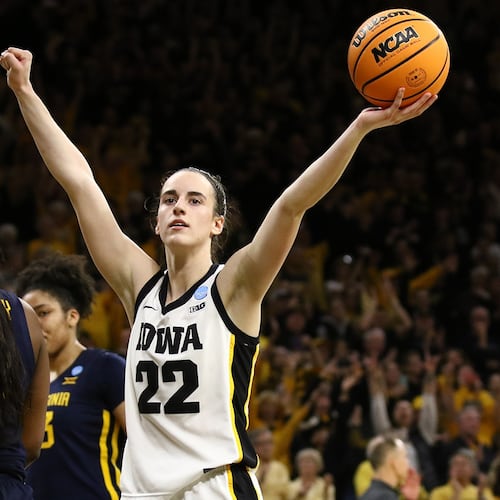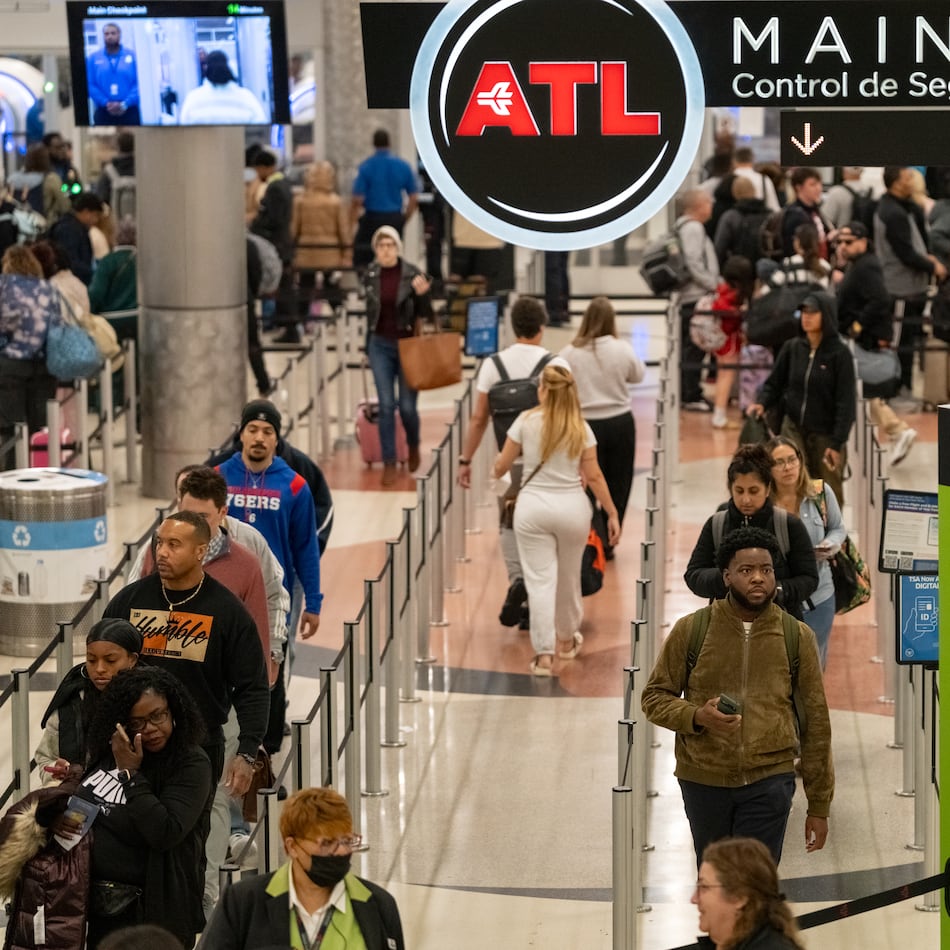On Sept. 11, 2016, the Atlanta Falcons opened at home against Tampa Bay. They lost 31-24, and that was with them scoring the final 11 points. The Buccaneers were working under new head coach Dirk Koetter and defensive coordinator Mike Smith, both of whom had served in Flowery Branch.
To this observer, Game 1 of 2016 was a rancid continuation of the second half of the 2015 season, wherein the Falcons crashed from a 6-1 start under new coach Dan Quinn to an 8-8 finish. They missed the playoffs when it was nigh-impossible to miss the playoffs. Quinn retained Kyle Shanahan even as the watching world and yours truly in particular had decided he was absolutely the wrong offensive coordinator for Matt Ryan.
With their next five games against Oakland, New Orleans, Carolina, Denver and Seattle – four of the five on the road! – those Falcons were staring at the real possibility of an 0-6 start. I wasn’t alone in thinking they were done before they’d really started, but I was surely among the most strident. “They’ve become a bad team,” I averred, a sentence about which I can only say, for the thousandth time …
Whoops.
That “bad team” became the NFC champ, and only a series of unfortunate events kept it from hoisting the Lombardi Trophy. Up until the final 17 minutes of the Super Bowl, Shanahan’s work was the gold standard for inspired play-calling. Not incidentally, Ryan was the MVP.
On one of Quinn’s Tell-The-Truth Mondays, I’m not going to lie. The Falcons’ showing against Minnesota recalled the Tampa Bay game in its comprehensive ineptitude. They trailed by 14 points after 7½ minutes. They trailed by 28 with 10 minutes remaining. In a league where comebacks are the weekly norm, the Vikings sat on the ball for nearly the entire second half. The final score was 28-12. The stats made it look better than that. It wasn’t.
It was a bad game, yes. But it was – as much as anything, I’m reminding myself – only one game. The Vikings are a difficult opener. U.S. Bank Stadium is among the tougher places to play. The Falcons are working under three new coordinators, one being the head coach, who’s doing double duty. (We note that Minnesota coach Mike Zimmer also calls his defense, to good effect.) They’d redone their offensive line. This doesn’t excuse the loss, though it might help explain.
“Might,” I said, and here I underscore the obvious: The Falcons didn’t fire three coordinators as Step 1 in a gradual rebuild. They fired three coordinators because those who matter – meaning Quinn but mostly Arthur Blank – decided their players were better than their coaching. (Having spent two years saying the same thing, I wasn’t inclined to disagree.) But firing three coordinators meant the Falcons aren’t looking long-term.
Over the past three years, they made Devonta Freeman, then Ryan and then Julio Jones the highest-paid players at their positions. They spent big to keep Grady Jarrett. They believe they have the talent to reach another Super Bowl. The onus is on these coordinators to bring that talent to bear.
Said Quinn on Sunday, in one of the understatements of the age: “It certainly didn’t go like we planned.”
Also: “We’ve got to address these issues and get that fixed.”
Trouble was, Sunday’s loss wasn’t a single failure. It was systemic. Everything reeked. (Yes, the defense yielded 98 yards passing. That’s because the Vikings deigned to throw only 10 passes.) Quinn had to call a third-quarter timeout – when you’re endeavoring to rally from three touchdowns down, you need to save those – because he didn’t have the proper defenders on the field for first-and-goal. Then, the TO burned, Dalvin Cook scored anyway.
We saw again what we’ve known all along: Ryan isn’t the same quarterback when pressured. This isn’t a criticism specific to him; no quarterback is the same when he’s being buffeted. The addition of four offensive linemen – two via the draft, two in free agency – was designed to address this salient matter. (We note again: Ryan was sacked 35 more times than Drew Brees last season.) Jamon Brown, one of the free agents, was inactive Sunday. Chris Lindstrom, the top draftee, limped off with what was reported could be a broken foot.
When he had time to work, Ryan did little with it. He had 304 yards passing, but he averaged a pedestrian 6.6 yards per pass. His interceptions came on balls that shouldn’t have been thrown. Julio Jones averaged 5.2 yards on six catches. The Vikings double-teamed him, thereby allowing tight end Austin Hooper (nine catches) all he could eat. The Vikings are good in that way.
If you’re the Falcons, that’s your hope headed to Week 2. There aren’t many defenses better than Minnesota’s. But this offense, what with the big names and big salaries, should be first-rate, too. It took the Falcons until the game’s 51st minute to score. Matt Bryant, the emergency re-signing, never kicked a ball. About which ...
The Falcons went for 2 after that first touchdown, which made no sense. "We were staying true to what our numbers said," Quinn semi-explained, though the only chart – it was Butch Jones' at Tennessee; feel free to scoff – I could find that addresses what to do when a 28-point deficit is pared to 22 says to kick. (Even two more touchdowns and 2-point conversions only bring you within four.) Remember, this new-look staff includes a game-management specialist, too!
But enough. I’m doing what I’m trying not to do. I’m getting snarky. I’m picking nits. Today’s intent, however feeble, is to underscore the only good things about the Falcons’ Sunday in Minneapolis – it’s over, and it counts as only one loss. Maybe this was the dress rehearsal for the new staff that the preseason didn’t allow. Maybe these coaches will go to school on what Zimmer did to them. Maybe they the Falcons rise up against the Eagles, although Doug Pederson has made a habit of wrong-footing these guys, too.
If you’re a Falcons fans, the only reason to feel slightly good today is the memory of 2016. That season started badly – and ended horribly – but in between it was sublime. And that’s it. When it comes to optimism, that’s all I’ve got.
About the Author
The Latest
Featured


